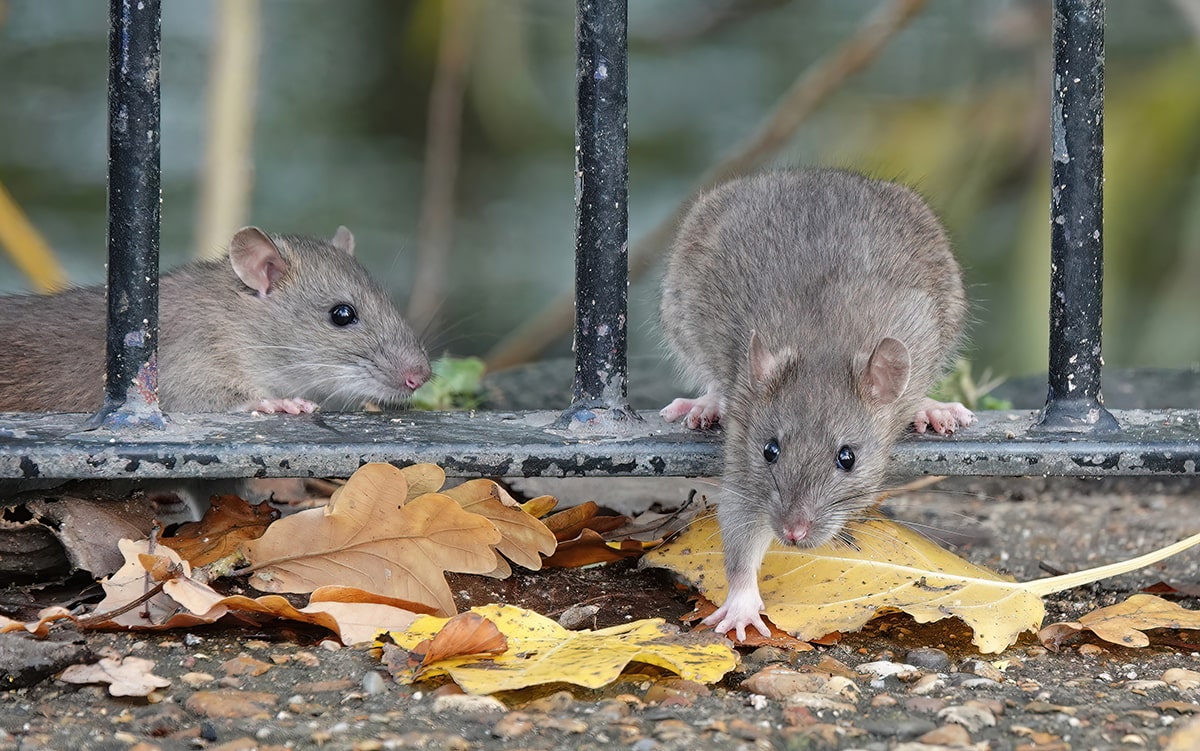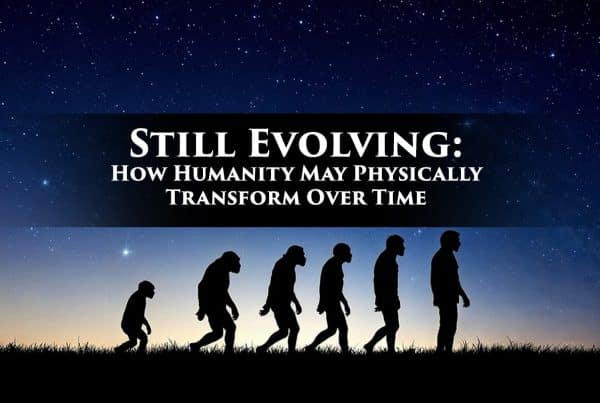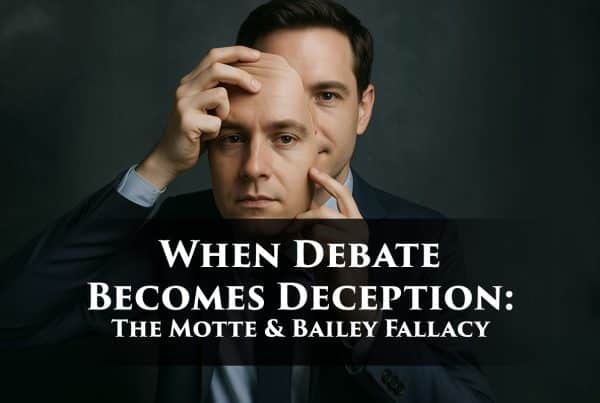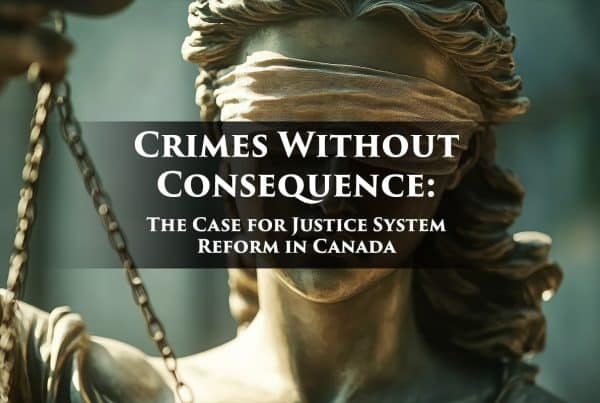Imagine this:
You’re a rat in a cage.
You have nothing — no companions, no stimulation, no meaning. Just two water bottles.
One contains clean water.
The other is laced with heroin or cocaine.
You drink the drugged water.
You drink it again.
And again.
Until you overdose.
For decades, this simple experiment was taken as hard proof of addiction’s inevitability — a grim metaphor that found its way into textbooks, public policy, and pop culture. The message was clear: given the opportunity, creatures will consume addictive substances until they destroy themselves. Rats do it. People do it. Drugs are inherently irresistible. Addiction is the logical outcome of exposure.
This model fueled two dominant (and equally punishing) narratives:
-
That addiction is a moral failing — the result of weak willpower or hedonism
-
Or that it’s a neurological hijacking, where the drug takes over the brain and overrides choice
Either way, the cage — that is, the environment — was never part of the equation. The rat, like the addict, was seen as broken. The drug, like the devil, was seen as unbeatable.
But then, in the 1970s, Canadian psychologist Bruce Alexander asked a different question.
“What if the problem isn’t the rat — but the cage?”
Welcome to Rat Park
In the late 1970s, Bruce Alexander and his colleagues at Simon Fraser University set out to challenge the prevailing narrative — not with rhetoric, but with science.
Instead of placing rats in isolated, sterile cages, they built something radically different: a spacious, enriching environment known as Rat Park.
It had everything a rat might want:
Fresh air. Bright space. A running wheel. Tunnels to explore. Mating opportunities. Chew toys. Social interaction. Freedom of movement. Comfort. Connection.
And of course, like in the original experiment, there were two water bottles:
One filled with clean water.
One laced with morphine.
Here’s what happened:
The rats in Rat Park barely touched the drugged water.
They preferred plain water almost every time.
They played. Groomed. Slept curled together in nests.
They showed no signs of compulsive drug use, withdrawal spirals, or self-destruction.
Even more compelling: when rats that had previously been housed in isolated cages (and had become heavy users of the drugged water) were moved into Rat Park, many of them voluntarily stopped using the morphine water altogether.
They chose connection over compulsion.
Comfort over chemical escape.
They didn’t need to be detoxed, punished, or reprogrammed.
They just needed a better environment.
This wasn’t just a fluke or a one-off result — it was a direct contradiction of everything we’d been told about addiction.
And it raised a question so big, so disruptive, it still hasn’t been fully absorbed into public policy today:
What if addiction isn’t the disease? What if it’s the symptom?
Addiction: A Story We’ve Been Telling Wrong
For decades, we’ve been sold two stories about addiction. They appear to come from opposite ends of the political spectrum, but they share one thing in common: they locate the problem entirely within the individual.
The right-wing version says addiction is a moral failing. You lack discipline. You party too hard. You chose this. If you’re addicted, it’s because you’re weak. You didn’t try hard enough to resist. You broke the rules of “good” society, and now you’re living out the consequences.
The left-wing version is framed more sympathetically — but in a way that’s just as disempowering. Addiction is a disease. It hijacks your brain. You’ve been rewired. You are now chemically captive to something larger than yourself, and your only hope is to manage it forever with treatment and supervision.
Both views turn addiction into a personal malfunction — a defect in willpower or wiring. They tell us that addiction lives in your character, or in your cortex. Neither version really asks, “What were you adapting to?” or “What does your environment look like?”
But Bruce Alexander’s research — and the implications of Rat Park — invite us to zoom out.
What if addiction isn’t the disease itself, but a symptom of something deeper?
What if compulsive drug use, drinking, gambling, shopping, scrolling — what we call “addiction” — is a form of pain management in a society that leaves many people isolated, invisible, and aching?
What if it’s not about moral failing or brain chemistry, but about being trapped in a life that feels unlivable without some kind of escape?
Addiction, Alexander argued, is not a mysterious affliction that strikes at random. It’s an adaptive behavior — a way of surviving an environment that deprives you of connection, safety, purpose, or hope.
In Rat Park, the rats didn’t choose the drug. Not because they were stronger or smarter than the rats in the empty cage — but because they didn’t need it.
They had each other. They had stimulation. They had meaning.
They had a life that didn’t demand escape.
And maybe that’s the lesson we keep missing.
We Are the Rats. This Is the Cage
It’s easy to look at lab rats and assume their world is different from ours.
Sterile enclosures. Metal bars. Controlled lighting.
But look a little closer.
Because we live in cages too.
Not physical ones, maybe — but psychological, social, and economic ones just the same.
We live in a culture that preaches freedom while quietly engineering isolation.
We are more connected than ever by technology, and yet more starved than ever for meaningful connection.
We know more people, but feel known by fewer.
We perform instead of belong.
We scroll instead of reach.
We curate instead of connect.
We’re expected to function inside an economic system that treats productivity as purpose, and stillness as laziness.
We are taught from an early age to derive our identity from what we buy, what we achieve, and how we are perceived.
Success isn’t measured in fulfillment, but in output, in hustle, in likes.
Loneliness is not just common.
It’s normalized.
We work more, sleep less, and rarely — truly — connect.
Instead, we pacify ourselves.
With dopamine hits. With wine. With weed. With porn. With shopping carts and Amazon deliveries and overpriced skincare routines we hope will fix the emptiness under our eyes.
These aren’t moral failings.
They’re coping strategies.
When life becomes a grind of disconnection, and there’s no park — only a cage — the only rational move is to reach for whatever makes it hurt a little less.
And the system knows this.
Because people who feel whole don’t overconsume.
They don’t treat shopping like salvation.
They don’t need constant distraction, because they’re not trying to escape their own existence.
Which makes them — in the eyes of the system — dangerous.
Because deeply connected people?
They can’t be sold the same way.
Connection Is the Cure (Not the Reward)
One of the most radical — and quietly transformative — insights to emerge from Bruce Alexander’s Rat Park research was this:
The opposite of addiction isn’t sobriety. It’s connection.
That single line reframes everything we’ve been taught.
We’ve been conditioned to think of connection as the reward you get after healing. After you get clean. After you prove yourself worthy. After you’ve put your life back together.
But what if connection isn’t the prize at the end — what if it’s the very thing that makes recovery possible?
In Rat Park, the rats didn’t stop drinking the drugged water because they developed discipline or got therapy.
They stopped because they didn’t need it anymore.
They had stimulation. Community. Freedom. A life that made sense and felt good to live in.
And here’s the kicker: they had access to the drug the entire time.
The bottle was still there. The option to check out — still right in front of them.
But when they were supported, seen, and surrounded by other rats in a healthy environment, they simply chose not to use it.
What That Means for Us
We often treat addiction like a character defect or a chemical trap.
But what if it’s an adaptive response to a life that doesn’t feel livable?
What if people reach for drugs, alcohol, shopping, bingeing, self-harm — not because they’re weak, but because it’s the only thing that makes their emotional environment tolerable?
In that light, connection isn’t a “nice-to-have” — it’s urgent care.
It’s not some abstract human value. It’s a protective factor. A form of biological and psychological resilience.
Loneliness, isolation, systemic disconnection — these are not mild discomforts.
They are public health crises masquerading as personal failure.
We don’t need more punishment.
We need more places that feel like Rat Park — not just for people in recovery, but for everyone trying to feel human in a world designed to make them feel hollow.
If You Want to Help, Stop Judging the Rats
We’re not rats.
But increasingly, we’re living in a world that feels just as sterile, just as isolating, and just as indifferent to our basic social needs.
We were never designed for this — the long hours, the fractured communities, the performative connections that pass for relationships on apps and feeds. We were wired for belonging. For proximity. For meaning beyond productivity and consumption.
And yet, when someone reaches for a bottle, a pill, a needle, or anything else to soften the sharp edges of life in this cage, we judge them.
We call it weakness.
We call it selfishness.
We ask, “Why don’t they just stop?”
But maybe the better question is:
What are we asking them to stop surviving?
If addiction is an adaptation to disconnection, then the real work isn’t in punishing the symptoms — it’s in healing the causes. That doesn’t mean enabling harmful behaviour. It means recognizing that a society that offers no alternative will always produce people looking for escape.
And here’s the good news:
We don’t need to wait for top-down reform to start changing the terrain.
We can build little pieces of Rat Park — right now.
-
We can listen instead of label
-
We can check in before we check out
-
We can invest in people, not just platforms
-
We can stop treating pain as a private failing, and start seeing it as a public signal
-
We can advocate for policies rooted in harm reduction, housing-first models, and long-term care — not criminalization and shame
Because the antidote to addiction isn’t discipline.
It’s dignity.
It’s connection.
It’s a better cage — or better yet, no cage at all.
If someone’s struggling, the answer isn’t to shout over them or shove them back into silence.
It’s to change the conditions that made the struggle feel like the only option.
Because when you fix the cage, you don’t have to fix the rat.
The rat heals itself.
You can read more about the ‘Rat Park Experiment’ here: https://en.wikipedia.org/wiki/Rat_Park
Final Reflection: I’ve Lived in Both Cages
I know this story isn’t just theory — because I’ve lived it.
I’ve wrestled with substance abuse.
I’ve slept on the streets.
I’ve been caught in the kind of isolation that swallows you whole, where hope feels like a scam and connection feels like a luxury other people get to have.
And I can tell you — with all the clarity that survival brings — that what Bruce Alexander uncovered wasn’t just an academic breakthrough. It was a mirror.
Because when I finally found my way out, it wasn’t through shame or punishment.
It wasn’t because someone scolded me, or moralized, or treated me like I was broken.
It was because, slowly, I found people who made room for me.
People who listened. Who cared. Who didn’t try to fix me — just reminded me I was worth keeping alive.
I didn’t get sober because I stopped wanting to numb the pain.
I got sober because the pain finally had somewhere to go.
So when I say that connection is the cure, I don’t mean it as a slogan.
I mean it as someone who’s spent time in both cages — and fought like hell to crawl out.
If you’re struggling, you are not weak.
You are not broken.
You are not alone.
You’re just a rat in the wrong cage.
And there is another way.







